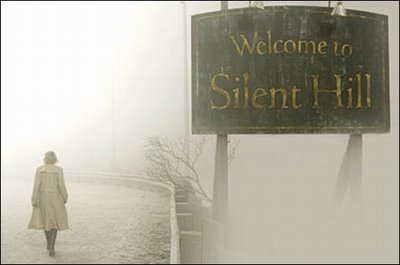
Written & Directed by Paul Greengrass
Stars: Christian Clemenson, Trish Gates, Polly Adams, Cheyenne Jackson, Opal Alladin, Gary Commock
The September 11th 2001 terror attacks have gained a sacrosanct status making them problematic fodder for the Hollywood gristmill. It’s little wonder that there’s been much ballyhooing and commentating on whether or not we should be seeing this topic tackled so soon, writ large on the silver screen. Despite the protests, films have been (and are being) made on the topic and not just within the Hollywood system. In 2004, filmmaker Antonia Bird (Priest) directed The Hamburg Cell for British television. A fictionalised account of the recruitment and training of the 9/11 hijacker’s, it was a well executed and deftly handled drama. Several months ago, British filmmaker Michael Winterbottom completed The Road to Guantanamo, a searing account of three Pakistani friends from Birmingham, England who were held in detention at Guantanamo Bay for two years, before being released without charge. Given the hypersensitivity that Hollywood has towards this topic, it’s no surprise that the best films to tackle the subject are being made by European filmmakers. Unfortunately it’s these very films that will be all but ignored by a large proportion of the American film-going public. U.S audiences far prefer being spoon-fed their ‘issues’ within the framework of a conventional film narrative. It seems that Oliver Stone’s upcoming 9/11 based film World Trade Centre may better appease the nationalistic sentiments of the average American film goer by presenting a story that audiences can rally around without having their sensibilities threatened, featuring clear cut ‘heroes’ and a bosom swelling sense of national pride to boot. Considering the climate of paranoia we currently live in and the cataclysmic effect that day in 2001 has had on our world, it’s highly appropriate that more daring filmmakers push us to think on exactly what brought us to where we are today.
British writer/director Paul Greengrass has frequently tackled highly charged socio-political subjects in his films. As a young journalist, Greengrass worked on UK current affairs program World in Action. In 1987, he co-authored Peter Wright’s controversial MI5 tell-all: Spycatcher shortly before making the move into feature filmmaking, helming several made-for-TV docu-drama’s that have garnered him high praise including: The Murder of Stephen Lawrence about one of the UK’s most notorious racial killings and writing the screenplay for the intense drama Omagh which told the story of the 1998 IRA car-bombing. In 2002, Greengrass directed Bloody Sunday, which dealt with the 1972 civil rights protest march and subsequent massacre by British Troops in Northern Ireland.
Bloody Sunday brought him to the attention of the Hollywood studios and in 2004, he directed The Bourne Supremacy, the success of which enabled Greengrass to make a bold first move in examining yet another highly charged subject on film, the story of the 9/11 hijacking of United Airlines Flight 93, which crashed en-route to its intended Washington D.C. target.
From the outset, with remarkable subtlety and grace, we are thrust into a first person experience of the flight and the resulting hijack. Greengrass’s preference for merging the real with the unreal has many of the military and air traffic control personnel depicted in the film playing themselves. This eye for verisimilitude spills over into the depiction of the hijacker’s and the crude methods by which they are able to take control of the plane. The film’s early stages comprises of tail ends of conversations between cabin crew and brief exchanges between passengers. The naturalistic delivery serving to strengthen the faux documentary feel, a testament to the solid performances Greengrass was able to extract from his cast. Families of the victims of Flight 93 supplied the actors with a vast amount of information on the real people they were portraying, right down to the clothes they wore, the sort of music they were listening to on their personal stereos and the kinds of chocolate bars they would’ve eaten. It’s this scrupulous eye for detail that shows the extent of Greengrass’s vision for total veracity.
Clearly informed by his early years as a documentarian, Greengrass’s signature cinéma vérité style impacts the film greatly, helped in no small part by Cinematographer Barry Ackroyd, who lends a high degree of authenticity to the proceedings. Although there has been some conjecture about certain events that transpired on the flight, what is known is that a large number of the passengers decided to rush the cockpit and take control of the plane. It’s this aspect of the account that packs the greatest punch and propels the film towards its terrible yet inevitable conclusion. The final moments of the film redefine the words “edge of your seat” as the people on the ground and the passengers in the air, race to avoid what we all know is unavoidable. The fear of the passengers, the brutality of the hijackers and the confusion on the ground; it all combines to deliver a forceful cinematic ‘uppercut’ that leaves the audience reeling. It eschews cliché and avoids the exploitative, presenting a truthful and very human viewpoint of a tragedy. It is a gut-wrenching, bravura work. Go see it.





